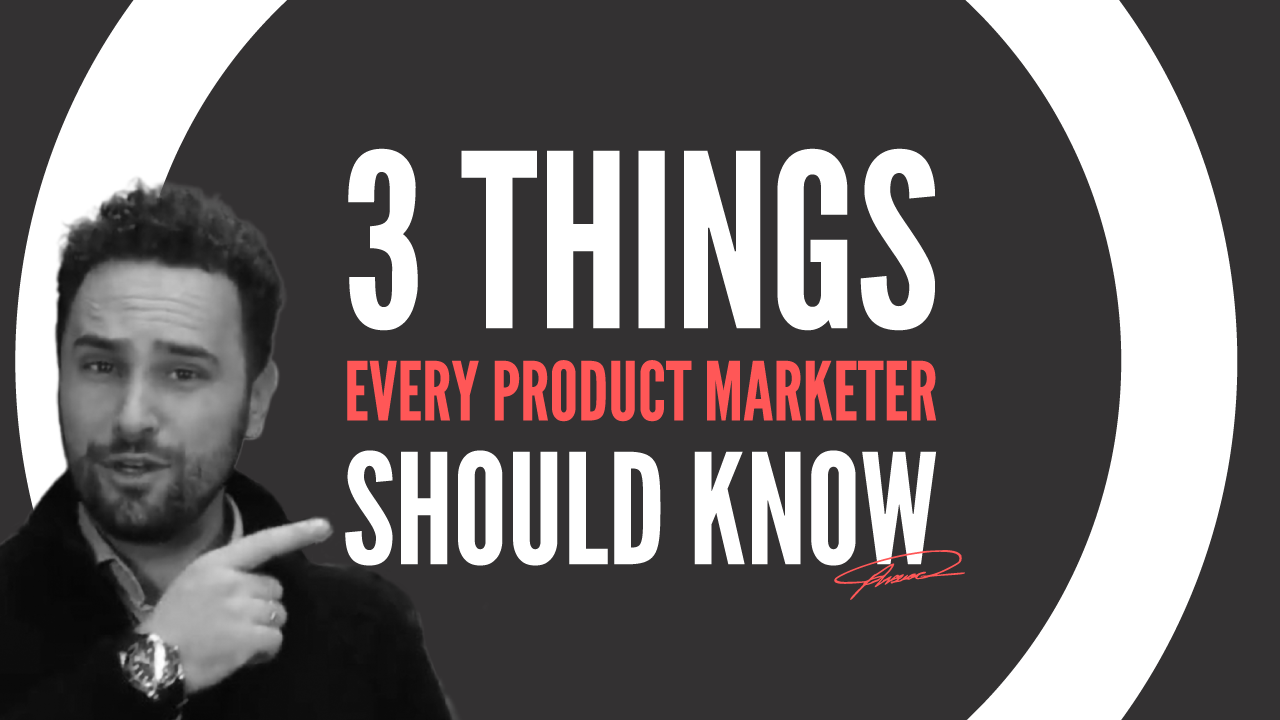3 Things Each Product Marketer Should Know



Brands invest a lot of money to collect data in diverse and creative ways, and it’s also true that more data is produced digitally, which facilitates this collection. For example, the number of reviews written by consumers online grew by 300% in the last couple of years. What has not impressed me much is the lack of immediate actionability of data. In fact, companies invested a lot to facilitate the creation of new data, but are still relying on old-fashioned ways to transform these records into usable insights. As a consequence, I often see unreasonably large data research teams. Most of them are using a vast set of tools and are consulted by market research firms who try to put the information together and create recommendations. The truth is that with the right tools and, more importantly, with the right processes, brands may not even need a research team to extract the same insights. Let me give you a real example. While most research teams would work on large datasets, most product marketer professionals would just need a few insights to be successful in their jobs. So what would be the three things they could learn by themselves?
Just get started from what you have online, like product reviews on Amazon. You can go through them manually or with a text analysis tool and you can classify all the records following a list of topics that you are comfortable with. If it’s a smartphone, you could choose topics like screen size, battery life, bluetooth connectivity etc. Then you have to associate positive or negative sentiment with the words, each time you find them in the records. Once you have done that you could easily navigate the pros and the cons based on what your customers say. It could look like this!
It is not so straightforward to understand what is relevant for customers, but it is possible to note down the topics that usually appear in negative records and do the same for the ones that appear in the positive ones. If a topic appears as negative in a negative record, and the same topic appears as positive in a positive record, then it’s clear that it plays an important role in the overall satisfaction of customers.
Well, this is a matter of putting different analyses together. It is just a time-consuming task because you have to redo the analysis for the competitor products that are interesting for you. But once done, you could be able to quickly understand what your competitors are doing better than you, and what you are doing better than them. The quick win here is to advertise what we do better, while we improve what they do better.
